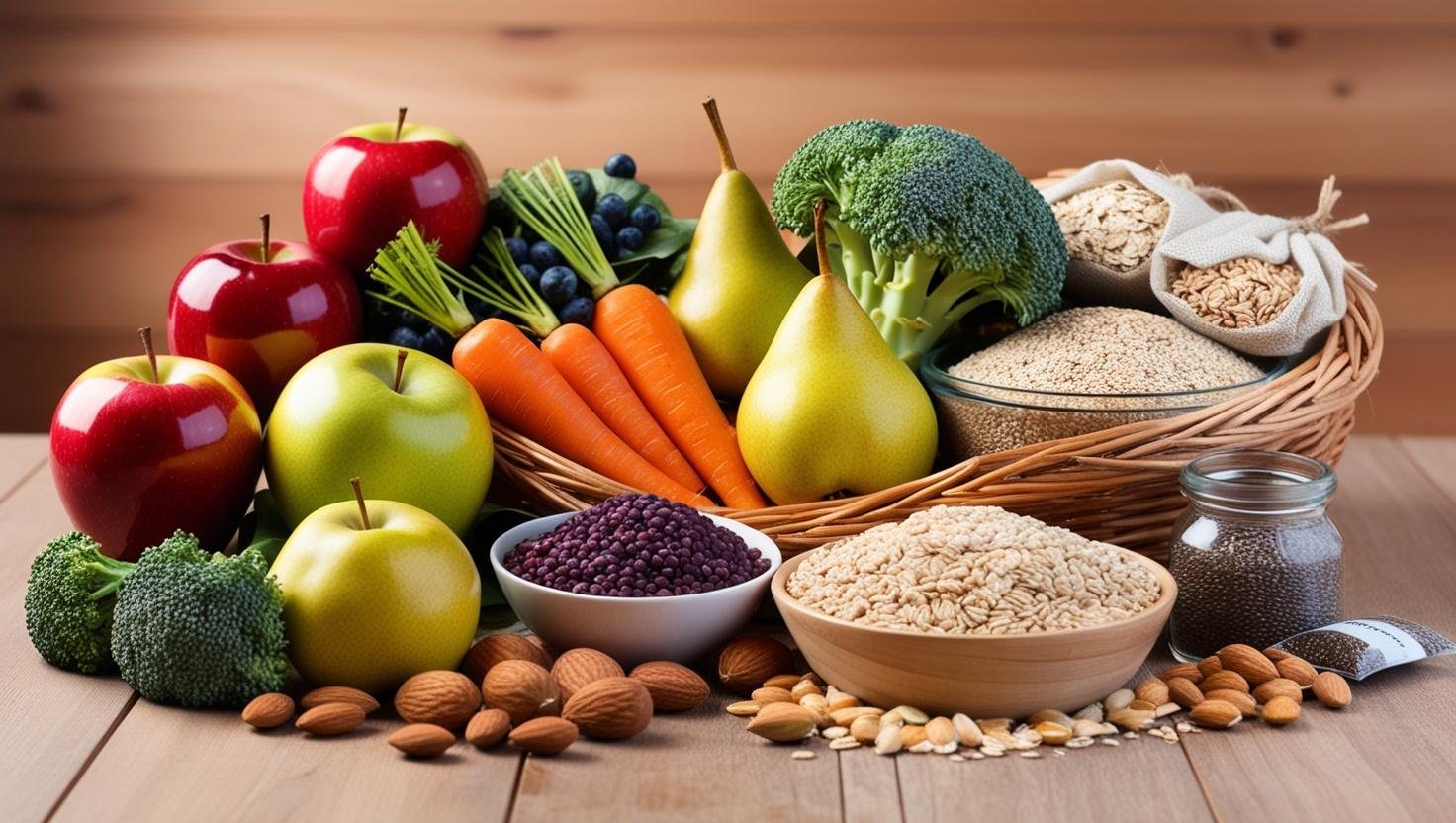Table of Contents
Introduction
If you’ve ever wondered what makes some people live longer and healthier lives, one secret might be hiding in plain sight—fiber. Often underrated, best fiber foods are the powerhouse nutrients that support digestion, heart health, and overall well-being. But what exactly is fiber, and why is it so important?
Let’s dive into the types of fiber, their benefits, and the best fiber foods you can start eating today to boost your health, vitality, and longevity.
Types of Fiber
Soluble Fiber: What It Does
Soluble fiber dissolves in water, forming a gel-like substance that slows digestion. This helps lower cholesterol and stabilize blood sugar levels, making it a heart-healthy choice.
Insoluble Fiber: Why It’s Essential
Insoluble fiber doesn’t dissolve in water. Instead, it adds bulk to your stool, promoting regular bowel movements and preventing constipation.
11 Best Fiber Foods:
Fruits

Apples
An apple a day isn’t just a saying—it’s a great source of both soluble and insoluble fiber. One medium apple packs about 4 grams of fiber.
Berries
Strawberries, raspberries, and blackberries are fiber-rich and loaded with antioxidants. A cup of raspberries, for instance, contains 8 grams of fiber!
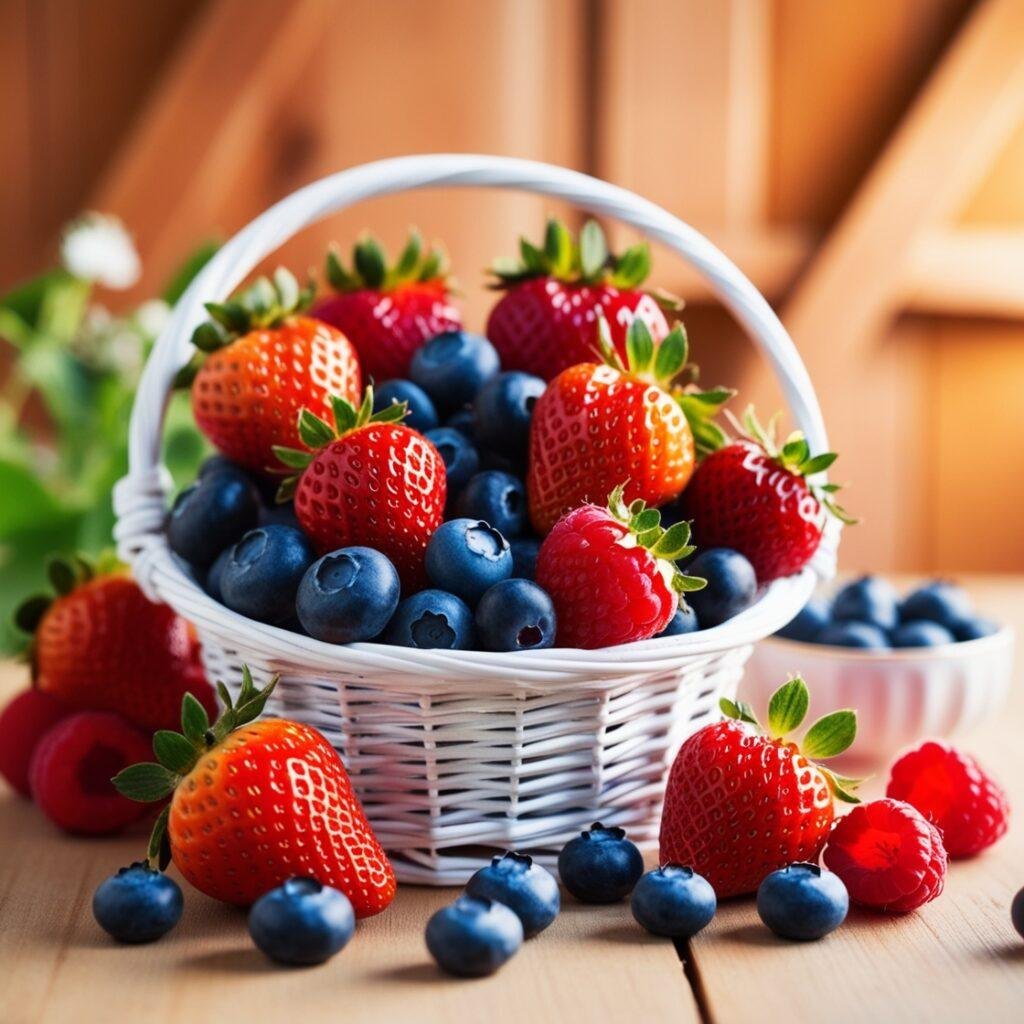
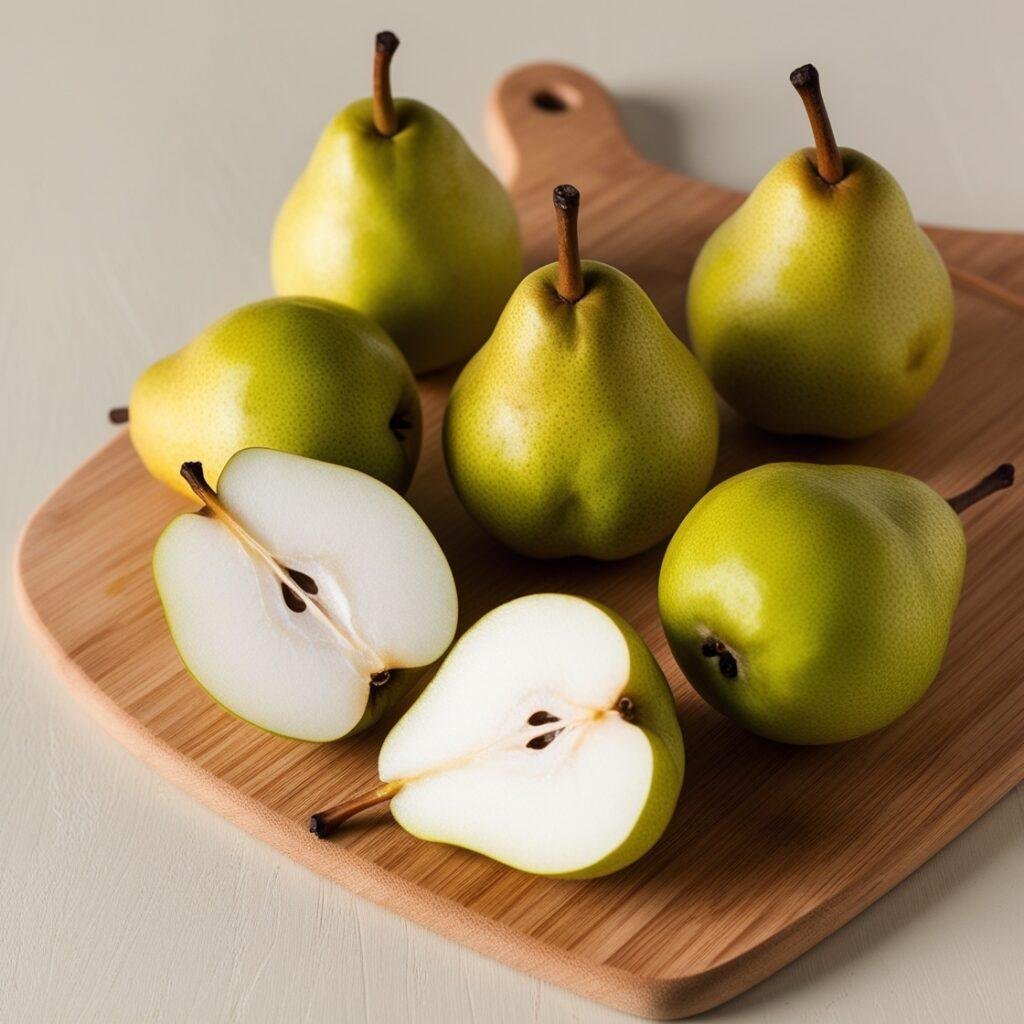
Pears
Pears are one of the highest-fiber fruits, with about 6 grams of fiber per medium fruit.
Vegetables
Broccoli
This cruciferous veggie is a fiber champion, offering around 5 grams of fiber per cup. Bonus: It’s also rich in vitamins C and K.
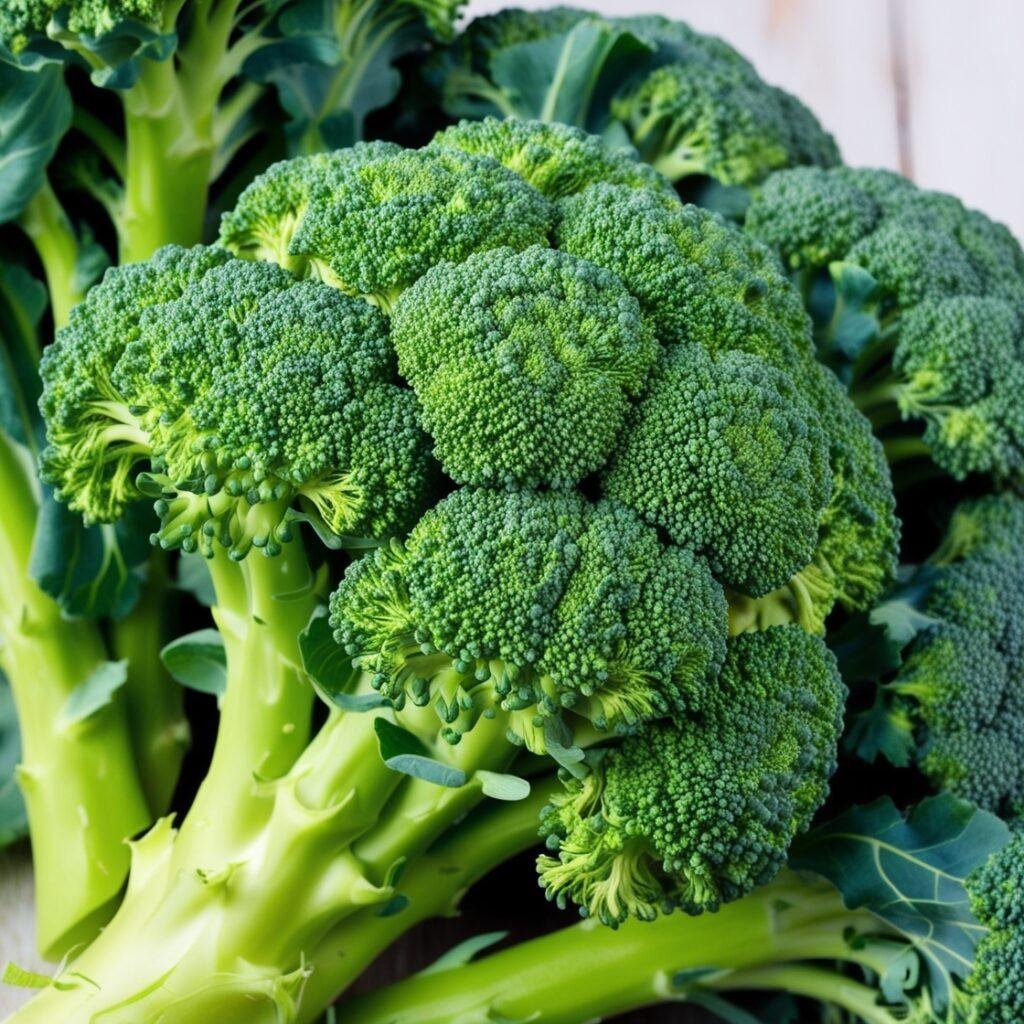

Carrots
Crunchy and sweet, carrots provide about 3.5 grams of fiber per cup. They’re perfect for snacking or adding to salads.
Whole Grains
Oats
Oats are a breakfast staple for good reason—they contain beta-glucan, a soluble fiber that’s great for heart health. A cup of cooked oats offers 4 grams of fiber.
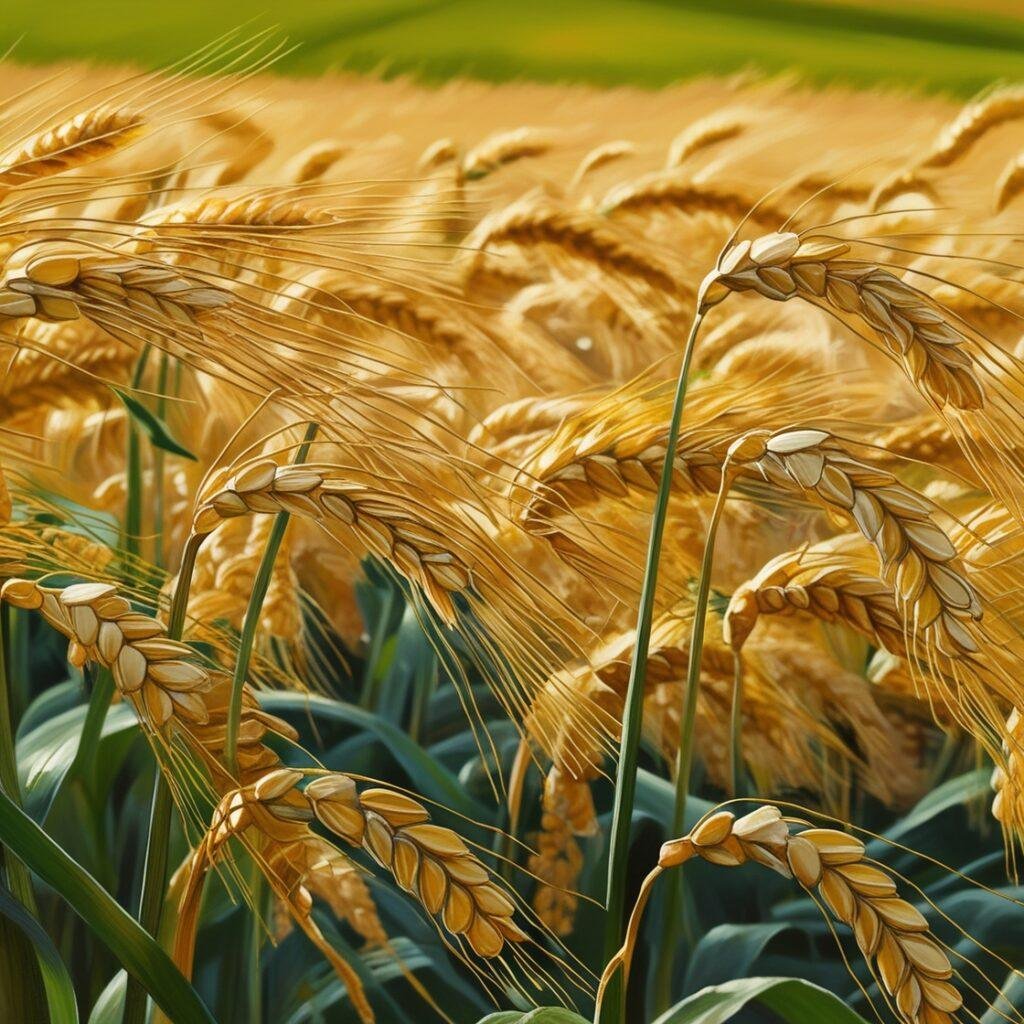

Quinoa
Not only is quinoa a complete protein, but it’s also a fiber-packed grain with 5 grams per cup.
Legumes and Beans
Lentils
Lentils are a fiber superstar, providing a whopping 15 grams per cup. They’re also high in protein and iron.
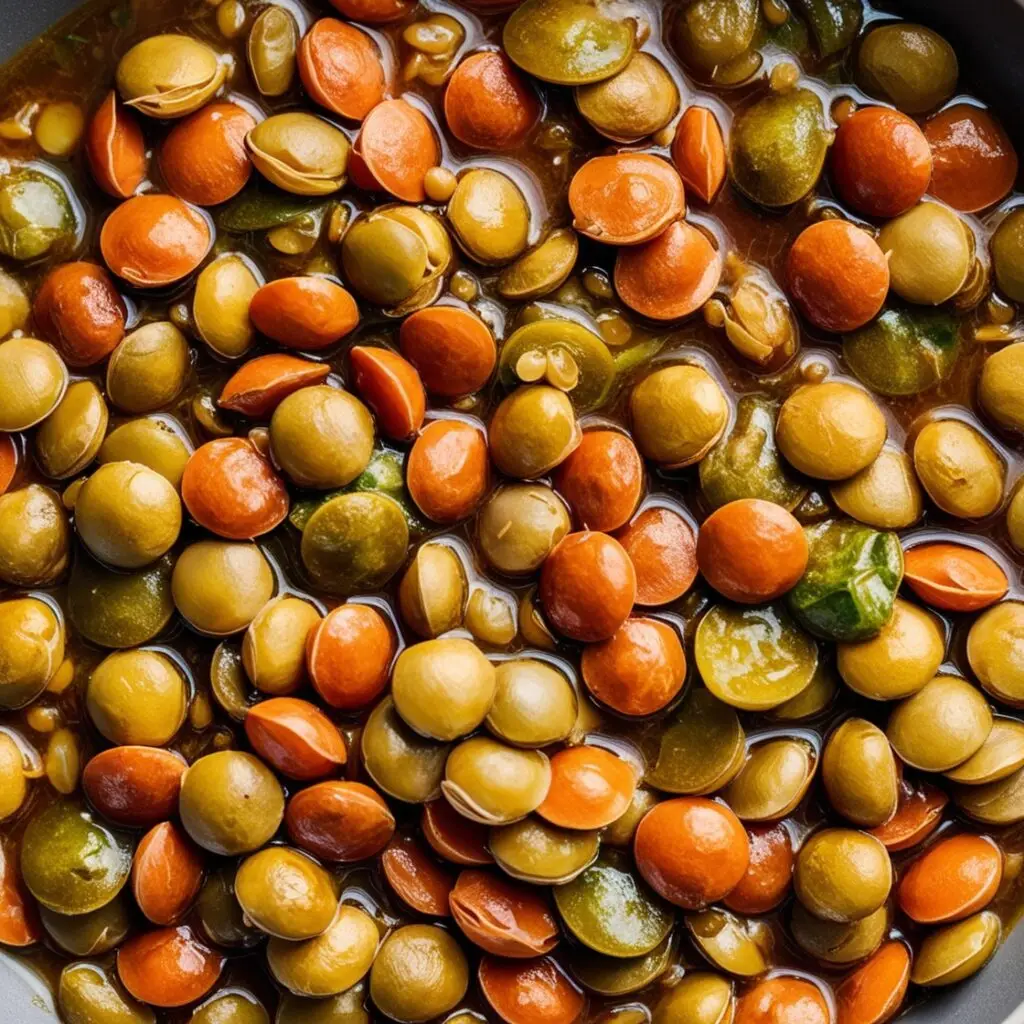
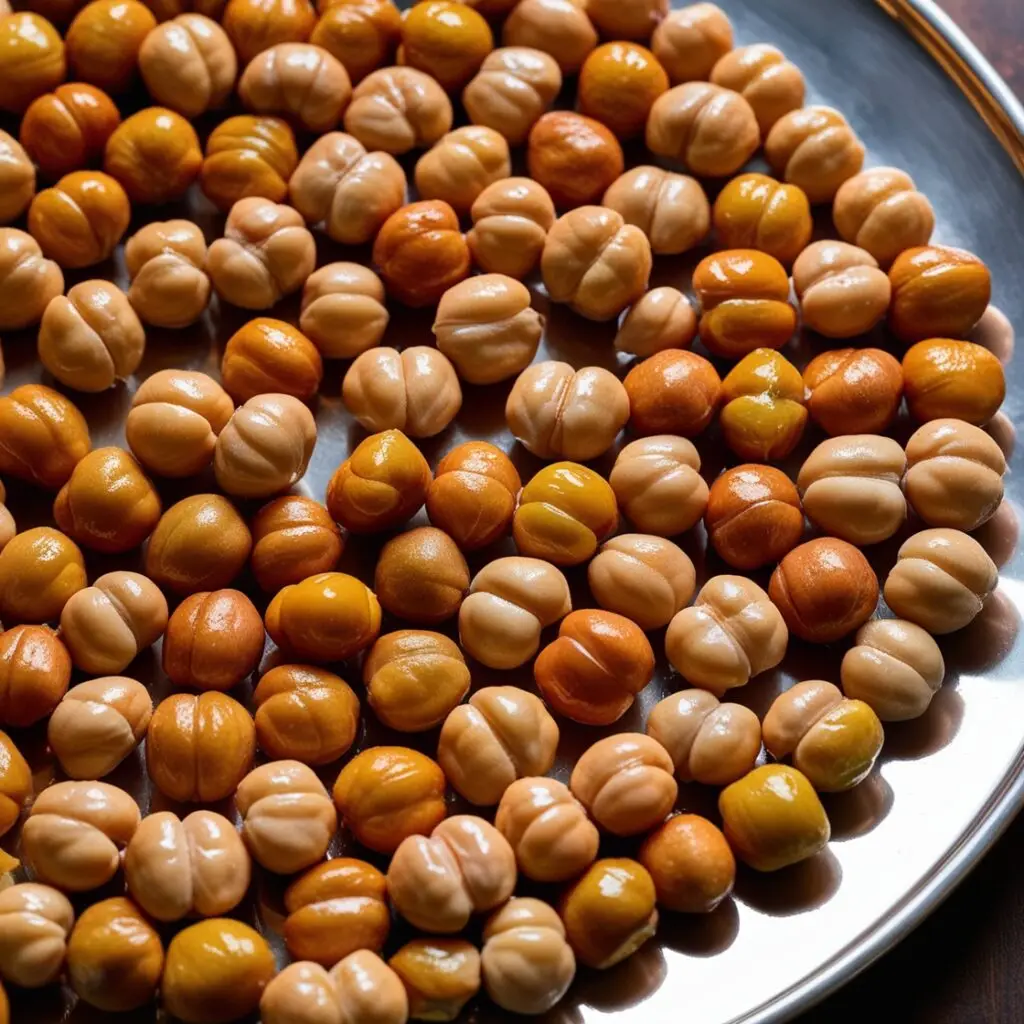
Chickpeas
Popular in hummus, chickpeas pack 12 grams of fiber per cup. They’re versatile and easy to add to various dishes.
Nuts and Seeds
Chia Seeds
These tiny seeds expand in liquid and offer 10 grams of fiber per ounce. They’re perfect for smoothies, puddings, or oatmeal.


Almonds
A handful of almonds not only provides healthy fats but also delivers about 4 grams of fiber.
Health Benefits of Fiber
Digestive Health
Fiber keeps your digestive system running smoothly, reducing constipation and supporting gut health.
Heart Health
Soluble fiber helps lower LDL cholesterol, reducing the risk of heart disease.
Blood Sugar Regulation
Fiber slows the absorption of sugar, preventing spikes and crashes in blood sugar levels.
Weight Management
High-fiber foods are more filling, helping you stay satisfied longer and avoid overeating.
How to Incorporate More Fiber Into Your Diet
Simple Swaps to Boost Fiber
- Replace white bread with whole-grain options.
- Snack on fruits and nuts instead of chips or candy.
Common Mistakes to Avoid
- Adding too much fiber too quickly can cause bloating. Increase your intake gradually and drink plenty of water.
Fiber Recommendations and Serving Sizes
The average adult needs 25–30 grams of fiber daily, but most people fall short. Aim to include a variety of fiber sources in your meals to meet your needs.
Potential Side Effects of Too Much Fiber
Symptoms to Watch Out For
Eating excessive fiber can lead to bloating, gas, or diarrhea.
Balance Fiber Intake
Listen to your body and find the right balance that works for you.
Conclusion
Fiber is a powerful ally for better health, offering benefits like improved digestion, lower cholesterol, stabilized blood sugar, and easier weight management. Adding more fiber-rich foods to your diet is simple—swap refined grains for whole grains, snack on fruits like apples or berries, and include legumes, nuts, and seeds in your meals. Incorporating the best fiber foods ensures you’re giving your body the nutrients it needs while maintaining balance fiber intake for optimal results.
By gradually increasing your fiber intake, balancing it with plenty of water, and ensuring a mix of soluble and insoluble fiber, you can enjoy its full benefits without discomfort. Prioritizing balanced fiber and the best fiber foods isn’t just about adding years to your life—it’s about making those years healthier and more vibrant. Start small, stay consistent, and let the best fiber foods transform your well-being!
FAQs
- What is the best way to start eating more fiber?
Start small by adding one of best fiber foods to each meal, like fruits or whole grains. - Are fiber supplements a good idea?
While natural sources are better, supplements can help fill gaps if needed. - Can children also benefit from high-fiber foods?
Absolutely! Just ensure the portions are age-appropriate. - What’s the difference between soluble and insoluble fiber?
Soluble fiber dissolves in water and helps with cholesterol, while insoluble fiber adds bulk for digestion. - Can fiber help with weight loss?
Yes! best fiber foods keep you full longer, reducing overeating.
